Artlecture Facebook
Artlecture Facebook
Artlecture Twitter
Artlecture Blog
Artlecture Post
Artlecture Band
Artlecture Main
|
HIGHLIGHT
|
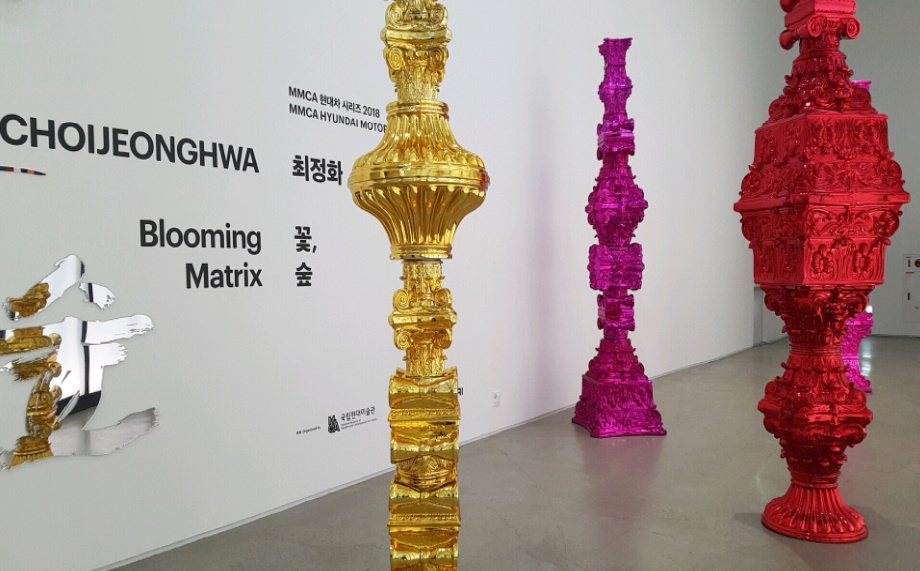
Choi Jeong-Hwa, Present of Century, Steel structure, FRP, chrome coating, Dimension variable, 2016, photo: Youjin Chung
We are living in an era in which everything can potentially turn into an art material. Even abandoned objects get transformed into artworks. Waste is produced by consumers in a post-consumption capitalist society.
Objects used other than their intended purpose become aesthetic texts in art museums. Artists bring waste materials, which is an inevitable by-product of industrialized society, to the concept of art. Pillows, pots, washboards, tires, old rubber shoes, fry pan handles, plastic baskets‒these objects appear shabby and are easily ignored by people if found on the road.
Life is filled with many miscellaneous objects. But, we can find the meaning of a noble and ideal daily life through these objects. What is garbage for Choi Jeong-Hwa?
The artist examines abandoned objects in our daily lives. He says, ‘Giving a new value to the most useless objects in life and creating harmony with them is the formative language of beauty which I want to express’. Choi Jeong-Hwa’s artwork sprouts from household garbage.
It reminds us that small things can also be critical factors. There is no metaphysical discourse without the power of concrete daily life. Daily life is proof of aliveness. Choi Jeong-Hwa borrows ready-made products and uses them as sculptural elements.
Objects that have lost their function are reborn as objects with new meaning through the act of 'stacking'. The artist creates newness from familiarity. Familiarity and unfamiliarity; Choi Jeong-Hwa finds the meaning of creation and novelty in this context.
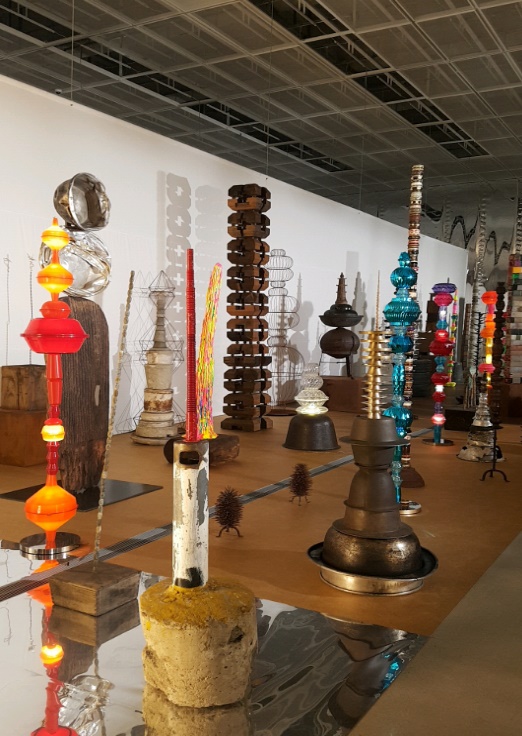
Choi Jeong-Hwa, Blooming Matrix Exhibition,
MMCA Hyundai Motor Series 2018, Seoul, photo: Youjin Chung
The repetitive act of Stacking
Stacking can be easily traced back to human history and culture. It is common to see pagodas built of stone on hiking trails. Stacking stones have been a shamanistic custom for people to make wishes to guardian spirits of mountains. This method of making wishes was also a folk belief in Mongolia and Tibet. Buddhist pagodas were built under the influence of Buddhism. From the Tower of Babel in the Bible to the pyramids built for the afterlife, the act of ‘stacking’ has always existed, even in Western culture. Modern architectural technology has refined stacking and used the method in building towers. Modernization developed the ‘Panopticon’ style which was built to monitor others. From the late 19th century to the early 20th century, skyscrapers were constructed in metropolitan areas. It represents the desire to soar above individuals with capital and also large corporations. It represents the desire in human beings to rise vertically.
Choi Jeong-Hwa's stacking originates from seeing accumulated objects in traditional markets rather than being influenced by human history.
He builds things up repeatedly and these repetitive properties remain unchanged. However, repeatedly stacked objects produce new immediate characters within the tower, dissipating their properties. David Hume said that nothing changes in a repeated object, but something is changing in the mind that is staring at repetition. Repeatedly stacked objects become numerous chunks and are reborn in art galleries. For viewers, objects displayed at the museum have been absolute subjects. However, viewers become more involved in Choi's artwork by witnessing objects which they have used in their daily lives comprising part of the work. We ponder on towers built in the past in modern society, reflecting on a time when people were more sensitive to others and the notion of home was different. This reminds us of our community. One’s object blends in with the others. Stacking becomes a space that connects oneself to the other. It is a horizontal space even though it rises vertically.
Stacking is a way to 'remember' the time. Worn rubber shoes and used frying pan handles contain the trace of time. Pagodas stacked with these objects provide a metaphorical space to reinterpret objects from those who used them. The exhibition ‘Blooming Matrix’(2019, Gyre gallery, Tokyo) and ‘Miscellaneous’(2019, Art Space Gwanggyo, Seoul) featured pillow towers stacked with old pillows and Grand Flower regularly arranged old laundry boards collected from various regions of China. The artist has collected many old memories by collecting old objects. These objects in the exhibition room evoke memories. As these objects comprise artworks at the exhibition, memories are extended and reborn. Items that need to be thrown away, such as a worn-out washboard, show the property of ‘lasting’ time, not the time that needs to be extinguished. Choi Jeong-Hwa creates a link to memory through a completed presentation, rather than a representation of stacked objects.
Choi Jeong-Hwa creates the persistence of time by stacking. The Feast of Flower (2015) is a ninestory pagoda made of a kitchen table comprising donated furniture which has lived three generations. Before the demolition of the house, the artist found a rice bowl, air, and a glass of water in the kitchen and placed them on the table. He represents the flow of time by stacking old and worn-out bowls.
Feast of Flower is a series of past times. The artist intends to make people reminisce about memories of having dined with others. This work contains the physical space of the kitchen and time which is spatialized with accumulated memory.
Stacking in space has a visual and continuous effect. When identical objects are stacked continuously along the same vertical line, they have a much more majestic effect than a small number of objects. The larger the amount, the more visually sublime the image is. Kabbala (2020, Daegu Art Museum Hall), a 16-meter giant pillar forest, is made with 5,376 stacked plastic baskets called Sokuri.
Aligned columns of Sokuri provide continuous visual stimulation. It gives a continuous effect that extends indefinitely with its colour, arrangement, simplicity, and repetition. As a giant rock floats on the sea in Renee Magritte’s Castle of the Pyrenees (1959), he stacked and hung this daily used item Sokuri in the air. This scene gives visual shock beyond space and time. Sokuri, a plastic basket, is as common as a piece of stone in every household’s back yard.

Choi Jeong-Hwa, A Feast of Flower, Used Kitchenware,
75.5x122x290cm, 2015 photo: Youjin Chung
Chunks of Symbols
Abandoned objects are symbols. Choi Jeong-Hwa stacks discarded objects which results in a process of analysing the signifiers. Plastic baskets are no longer consumer goods, but become productive text by providing meanings to the audience. This is the point where the division between consumer goods and fine artwork disappears. In the boundaries of art and non-art objects, Choi Jeong-Hwa presents symbols. He collects identical objects and merges them to create a larger ready-made object by presenting real-life objects as Marcel Duchamp did.
It is a process of creating a collection of the same symbols. If Duchamp had initiated the ambivalence of objects and art through consumer goods, Choi Jeong-Hwa shows this ambivalence as a whole. He made a 9-meter sculpture Dandelion by gathering used pots from households.
Pots are the collection of significations which is a link between creative work and everyday life. Kabbala shows the ambivalence of 'borrowing' in the everyday aspect and ‘the creation of art’ as an output. Borrowing and creation imply opposite signified meanings. Kabbala created the Sokuri forest with red and green plastic baskets regularly mingling with each other. The signifiers float through the field of visual symbols.
Audience participation
From the perspective of popular culture consumption, the public is a passive consumer influenced by commerciality. In Choi Jeong-Hwa's work, passive consumers become active consumers through participation engagement. Consumers are included in the creative process through interaction. The artist has been working on a public art project, ‘Gather Together’. Revive Revive (2011) is a work completed by 5,000 citizens connecting about 200,000 pieces of household garbage with strings. Choi blurred the boundaries between appreciators and creators by including the audience into the scene. It made an opportunity to change passive viewers into active creators.
It is important to find meanings together in the process of audience participation. The Revolution of Light (2019, ‘Miscellaneous’, Art Space Gwanggyo, Seoul) was made from gathered stand lights used by citizens. People voluntarily bring diverse objects from their homes. Although the artist has the right to choose objects that comprise an artwork, it is the audience who act as participants and bring thrown away objects carrying numerous narratives in their contents. The audience communicates and feels empathetic by seeing an artwork made from the objects which they have brought. Choi Jeong-Hwa's work contains both the concept from the artist and the originality from the artwork. Choi Jeong-Hwa opens the chance of ‘playfulness’ in her artwork.
The audience is witnessed sat in Cosmos Mandala (2019, ‘Miscellaneous’, Art Space Gwanggyo, Seoul). Children play with plastic bottle caps on the floor, making their work by connecting and combining the lid. Numerous strings hung on the ceiling make the exhibition room an illusionary space. In Life Life (2019, Roppongi art night, Mori Museum, Tokyo), which has hundreds of balloons, children pop them and recreate them into desired shapes. At the miscellaneous exhibition, the green Sokuri Alchemy was displayed as blue in Tokyo.
With a push on the top pillar of the basket, which is smaller than the height of a human, it moves like a roly-poly and makes the sound of bells from the basket. It reminds the audience of a roly-poly, which they used to play with when they were young.
In Happy Together, children kick the basket around and play with it. It is no more about ‘Don't touch the artwork’ but the artwork has become a toy to play with. In the early Fluxus, Event, and Happening, there was participation from the audience in many events and happenings. Most of them were regulated by the artists’ direction. However, there are no more specific instructions. Children run around and audiences experience diverse scenes with their eyes, ears, and hands. Choi says, ‘My artwork is like bibimbap (or Korean Table d'hote). There is no essence. After the artwork is made, it no more belongs to the artist but the audience. When an old and familiar object catches my sight, I start to make a new artwork from them’. As soon as the artwork is finished by the artist, it belongs to the audience. As a subject, the artist is dead. This is a dismantling task that leaves the concept of an artist to the audience and the artist as a creator of an artwork disappears.
Within this dismantling process, Choi Jeong-Hwa performs ‘distancing’ with the finished work. Through ‘spacing escapement’[1], he removes her traces as an artist who is the subject of the work.
De-Classification
Life and society are collections of classifications. It is systematised into all categories. However, Choi Jeong-Hwa's work deviates from classification and desires for de-classification.
Displacement gives entertainment to the audience. The artist brings a basket, a rubber wheel, and a parergon into art which were the outer scope of artwork. This goes beyond the framework of an art museum. The ‘miscellaneous’ exhibition was also held in an outdoor space that extends to ecological wetlands and lake parks around the Suwon Convention Centre. Gather Together (2008, plastic rubbish, Jamsil Stadium, Seoul) which was held at Jamsil Sports Complex engaged public participation outside of an art museum. It breaks down a classification and a division of life and art.
In this artwork, Choi Jeong-Hwa chose a place that was out of the frame of an art museum in people’s mindset. This attempt went beyond the boundaries of the exhibition space and everyday life. Choi Jeong-Hwa works on the de-subjectivation of materials, not just the frame of the place. The objects chosen by Choi Jeong-Hwa are not symbols representing desire in post-consumption capitalism, but rather public symbols necessary for daily life.
Jean Baudrillard stated in his book The Consumer Society that ‘we are not consuming things, but consuming hierarchic orders and symbolic systems’. An object is to buy and sell the desire. In a post-consumption capitalist society, people consume the symbols that an object symbolises.
Consumed goods become one’s identity. However, Choi Jeong-Hwa collects things that are used as subjects, not objects in consumption. He travels traditional markets, junk shops, and shops selling odds and ends all over the country to find these objects.
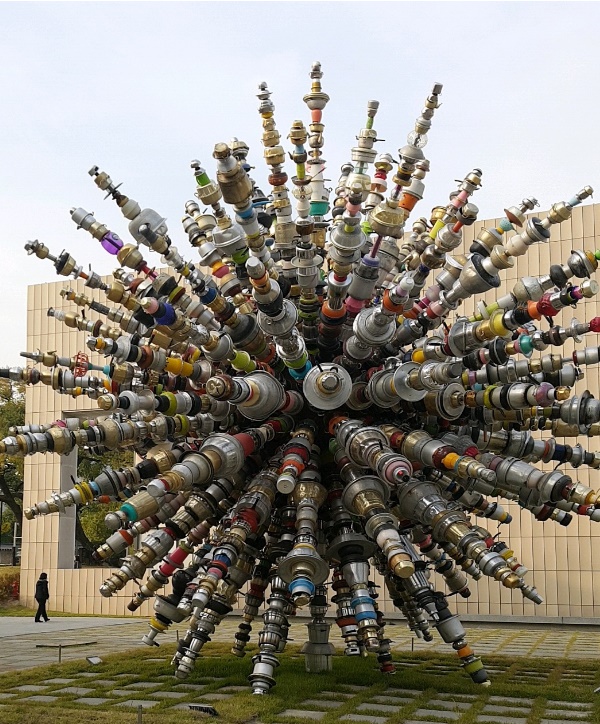
Choi Jeong-Hwa, Dandelion, 7000 Used Kitchenware, steel structure, Blooming Matrix Exhibition,
MMCA Hyundai Motor Series 2018, Seoul, photo: Youjin Chung
Conclusion
Choi Jeong-Hwa, the artist portrays different images of used and discarded objects. He collects and stacks things that have been torn apart. This is a newly created arrangement of spatial order. Stacking is an act where the audience and the artwork build an active relationship and make space for contemplation.
Beyond the simple ready-made category, it becomes a venue for the audience and the work to communicate in various ways.
The audience becomes another subject participating in an active creative process rather than being a passive viewer. The interaction between the artist and the audience completes the artwork. Choi turned a discarded pot into artwork and returned it to the audience. The artist said that he wants each audience member to create an individual myth about the pot. 'Your heart is my art. Anyone can be an artist. All the art we know will be gone in the future. Daily life is more important than art'. He narrows the gap between art and life by building objects found in daily lives.
The tower built by Choi Jeong-Hwa is not just a subject for observation but contains traces of life. One can imagine things about the tower-like where it was and whose life it was in. The tension disappears in the space surrounded by familiar objects. Small portable dining tables, old kitchen bowls, rubber shoes, and used washboards give us warm nostalgia. These objects do not convey their language to us, but it is humans who perceive aesthetically and in various ways. The artist contemplates dozens of objects and recalls through them.
Humans are living on their own, but they also rely on the environment to make numerous objects. Each item has no unique name. Can abandoned industrial properties around us give aesthetic value? Can it give us pleasure? One can ask about whether they can have an aesthetic experience. The specificity of an artistic product is born within cultural phenomena. The artificial nature created by society and culture has become an aesthetic object which one should view integrally. He repeatedly stacks what is about to disappear and reached the end of its life. Stacking forms landscapes. An individual's daily life stays hidden in an object. Choi Jeong-Hwa creates a new aesthetic text with cultural values and usage that have been communicated in the past as ‘building up abandoned things’. It is a source of looking into life and culture. It looks easy but contains invisible metaphors. Signifier to signified, and signified leads to Choi Jeong-Hwa’s new signed signified.
- This paper won 3rd prize winner
- You jin Chung, “The Alchemy of You and I - Choi Jeong-Hwa”, Gravity Effect, Issue 6: Euljiro, Graphite on Pink Art Magazine, February, 2021, Seoul p.92-97
- All pictures shown are for reference purposes only to Artlecture webpage.
[1] Peter Brunette and David Wills, “Introduction”, Deconstruction and the Visual Arts: Arts, Media, Architecture(eds. P. Brunette and D. wills), Cambridge University Press, 1994, p.3
☆Donation:

Welcome to T/C Latvia : Latvian pavilion at Venice Biennale

James Lee Byars, 1932–1997
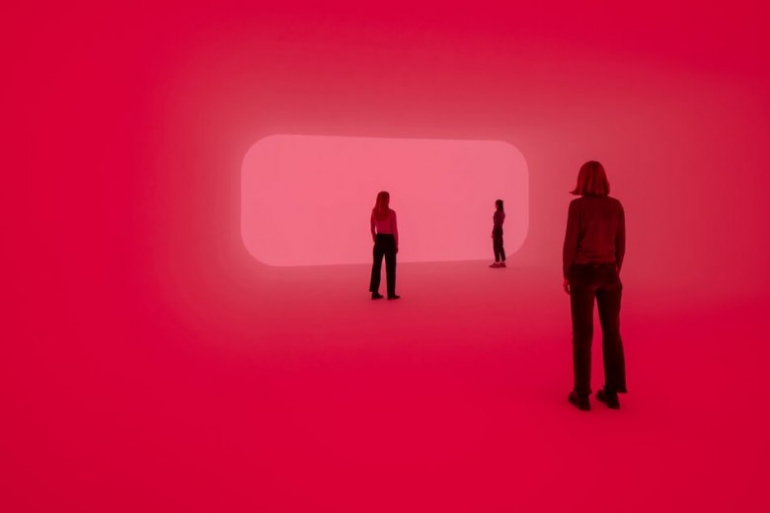
James Turrell - Aftershock
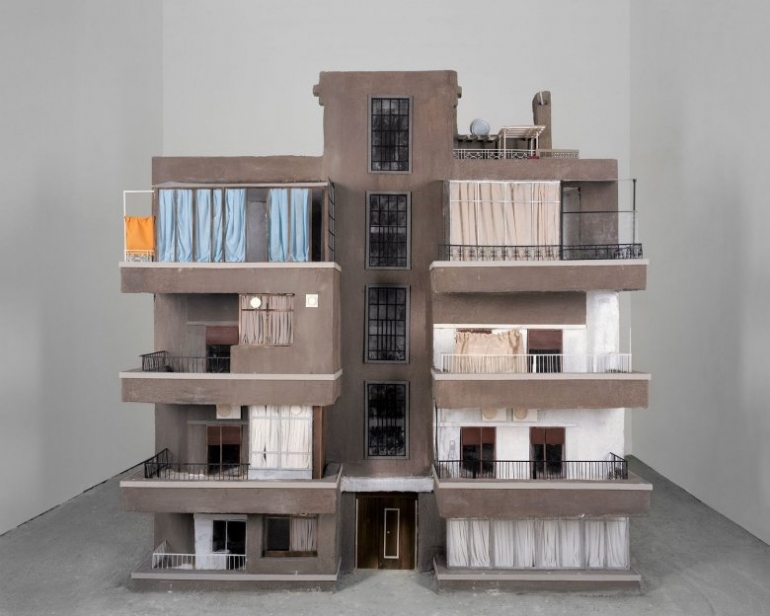
Hrair Sarkissian: The Other Side of Silence

Bruce Nauman. Neons Corridors Rooms
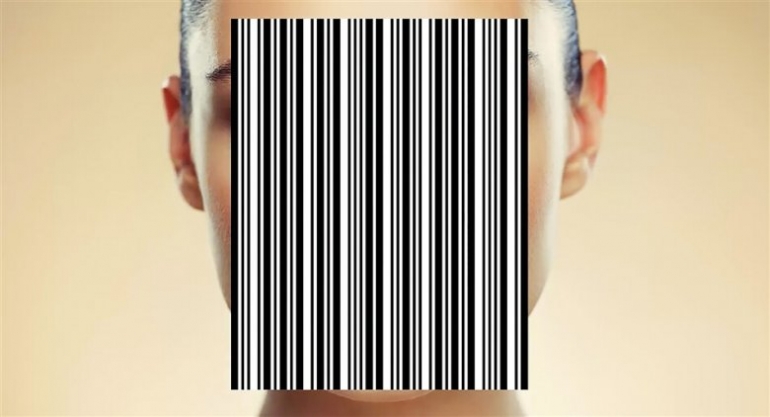
Barbara Kruger: Thinking of You. I Mean Me. I Mean You
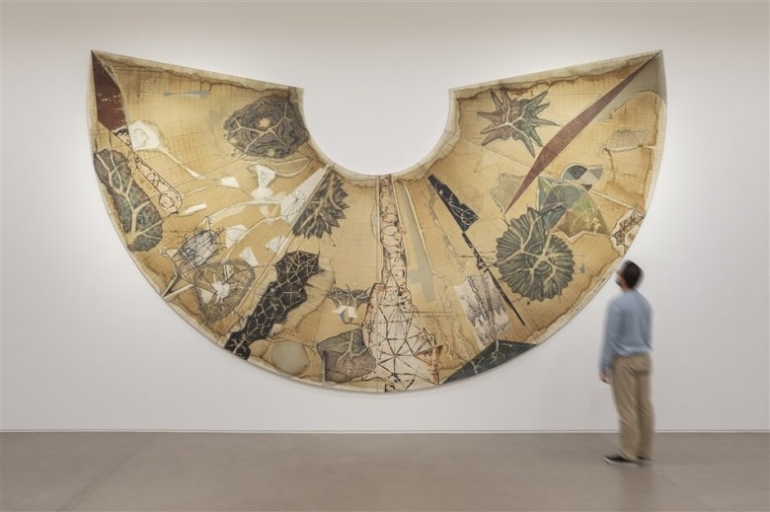
Jitish Kallat: Order Of Magnitude
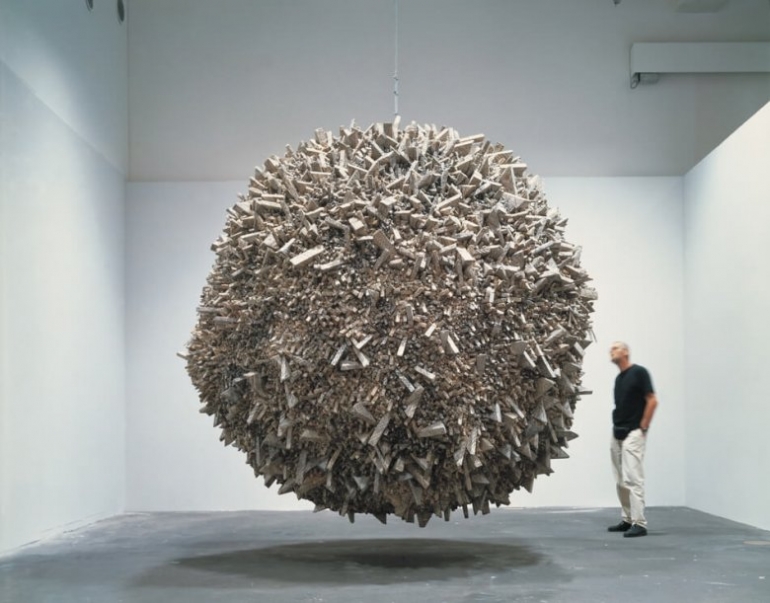
Chun Kwang Young: Times Reimagined
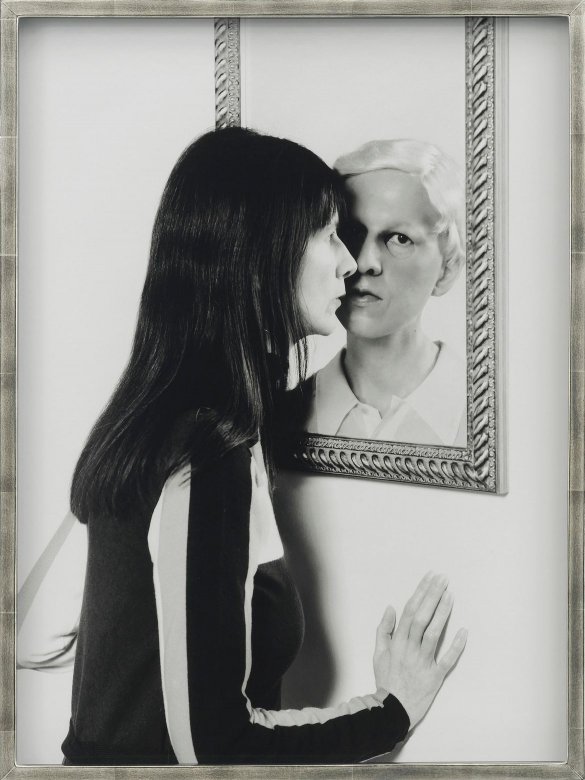
Gillian Wearing: Wearing Masks
*Art&Project can be registered directly after signing up anyone.
*It will be all registered on Google and other web portals after posting.
**Please click the link(add an event) on the top or contact us email If you want to advertise your project on the main page.
☆Donation: https://www.paypal.com/paypalme2/artlecture

